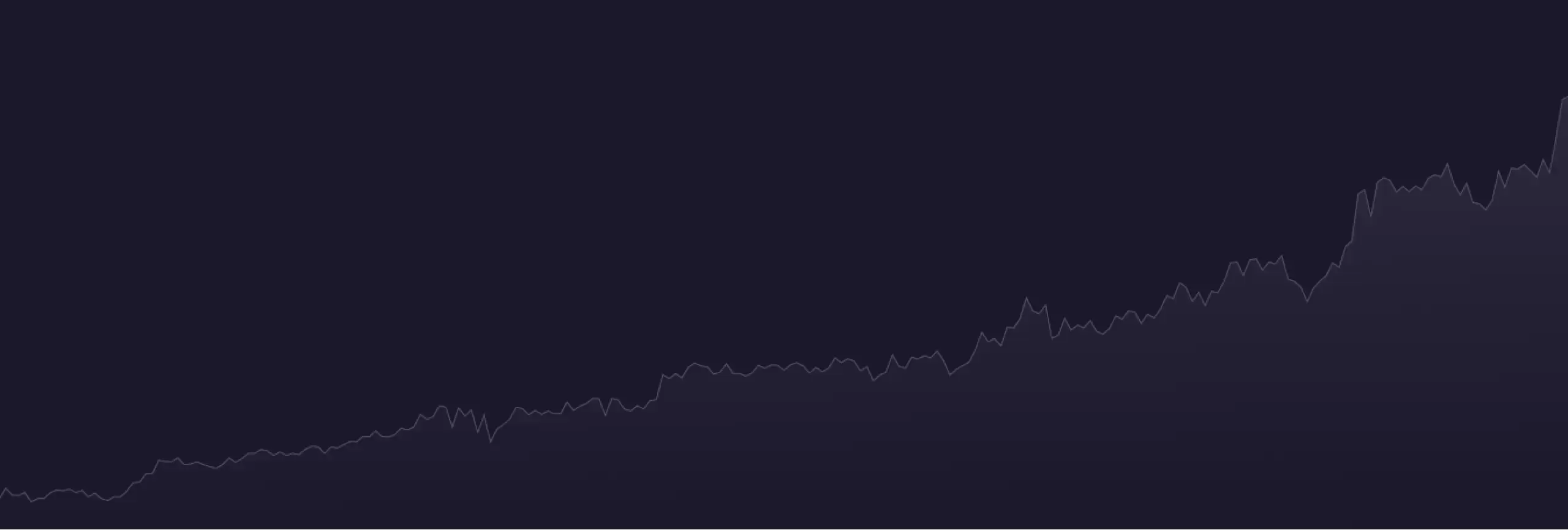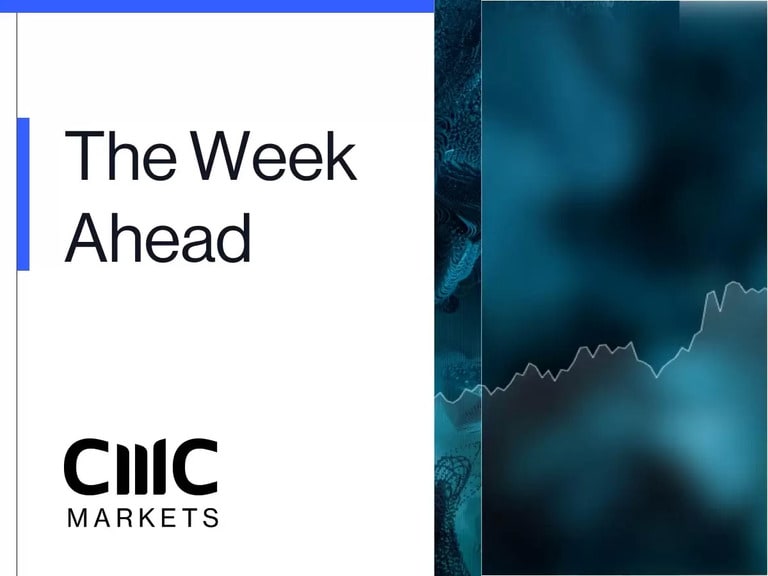
Darren Sinden from educational provider Trade Uni discusses the latest market moves.
Yesterday the S&P 500 closed down by 0.21%, the Dow Jones by 0.14% and the Nasdaq 100 by 0.13%. Stocks posted moderate losses yesterday after US consumer price index (CPI) data for September showed consumer prices rose more than expected, with headline CPI easing to 2.4% year-on-year from 2.5% in August, stronger than expectations of 2.3%. Signs of a weakening labour market also weighed on stocks after US weekly initial unemployment claims increased by 33,000 to a 14-month high of 258,000, showing a weaker labour market than expectations of 230,000. However, the jobless claims data may be skewed due to Hurricane Helene, which caused a surge in claims in North Carolina and Florida.
Strength in energy stocks limited losses in the broader market. Dovish comments from New York Federal Reserve president John C. Williams, who said it could be “appropriate to continue the process of moving the stance of monetary policy to a more neutral setting over time", supported stocks. However, Atlanta Fed president Raphael Bostic was more hawkish, saying he was open to skipping an interest rate cut at the November Federal Open Market Committee (FOMC) meeting “if the data suggests that's appropriate”.
Markets are awaiting Q3 earnings season, which begins with big US banks reporting their results today. According to Bloomberg Intelligence, companies in the S&P 500 are expected to report an average 4.7% increase in quarterly earnings in Q3 from a year ago, down from the 7.9% growth projected in July. Markets are discounting the chances at 85% for a 25-basis-point rate cut - and 0% for a 50-point cut - at the FOMC meeting from 6-7 November.
Overseas stock markets ended Thursday with mixed results. The Euro Stoxx 50 closed down by 0.25%, China's Shanghai Composite closed up by 1.32% and Japan's Nikkei 225 closed up by 0.26%. European government bond yields on Thursday were also mixed. The 10-year German bund yield fell from a five-week high of 2.287% and finished down by 0.1 basis points to 2.256%. The 10-year UK gilt rose to a 3-1/4 month high of 4.244% and finished up by 3 basis points to 4.21%. German August retail sales rose 1.6% month-over-month, the largest increase in five months. Swaps are discounting the chances of a 25-basis-point rate cut by the European Central Bank at 95% for the 17 October meeting.
The UK economy returned to growth in August after flatlining for two months, driven by expansion in the services, manufacturing and construction sectors. The Office for National Statistics said that the UK's gross domestic product grew by 0.2% over August. This expansion follows zero growth in June and July and was in line with analyst forecasts.
Oil eased on Friday after yesterday’s rally but prices remained set for a second straight weekly gain as investors weighed the impact of hurricane damage on US demand against any broad supply disruption if Israel attacks Iranian oil sites. Brent crude oil futures fell by 0.5% to $79.01 a barrel by the early morning, while WTI crude futures dropped 0.4% to $75.53. Gold rose toward $2,640 per ounce on Friday, extending gains from the previous session as traders continued to assess the Fed’s policy direction following mixed economic data.
The US dollar fell from two-month highs after signs of weakness in the labour market boosted the case for quicker Fed rate cuts. Despite that, the dollar remained on track for a second straight weekly advance after surprisingly strong monthly non-farm payrolls figures last week prompted traders to rule out a half-percentage-point cut at the Fed's next policy meeting. Australia's currency has been buffeted recently by a waxing and waning in stimulus expectations in the nation's biggest trading partner, China. China's finance ministry is scheduled to hold a news conference on fiscal policy on Saturday.






















